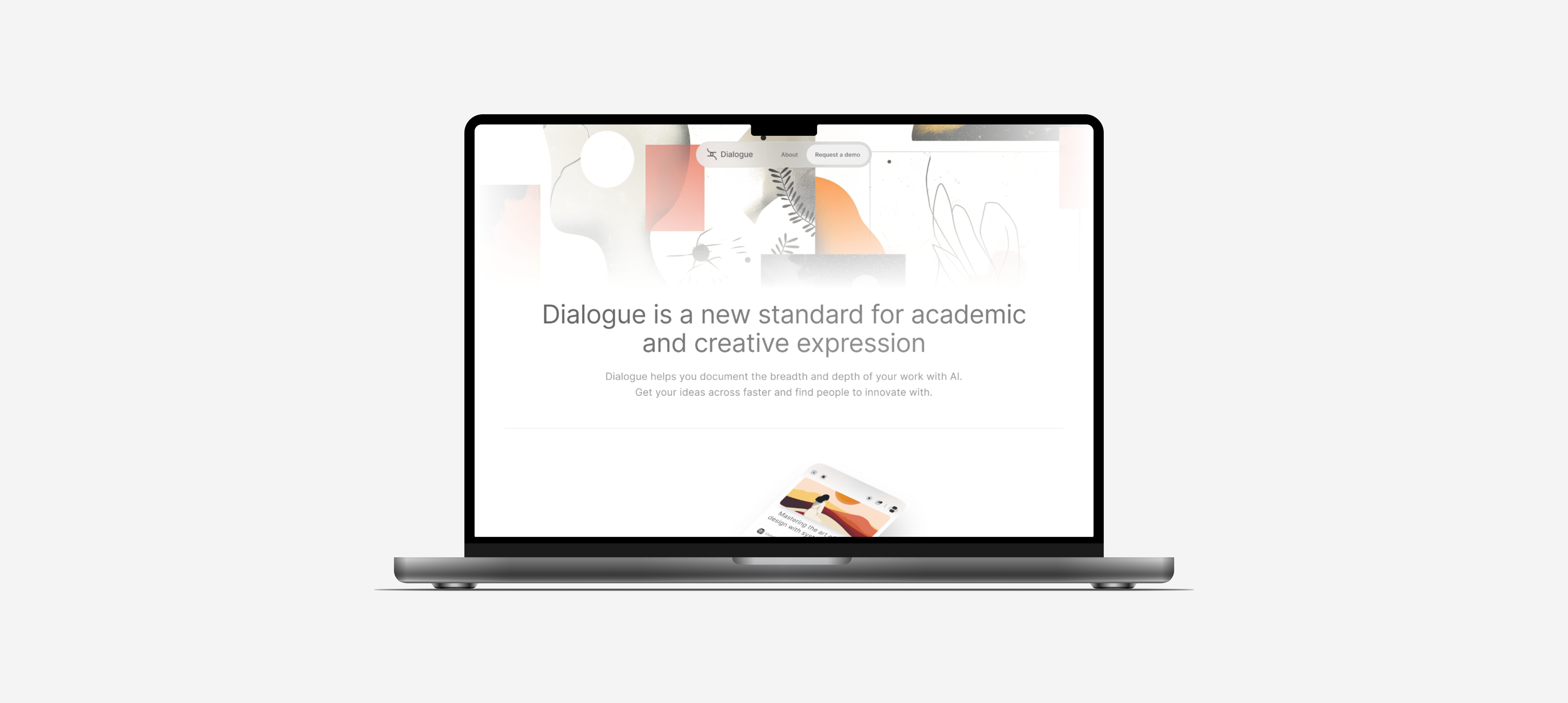Dialogue_case study
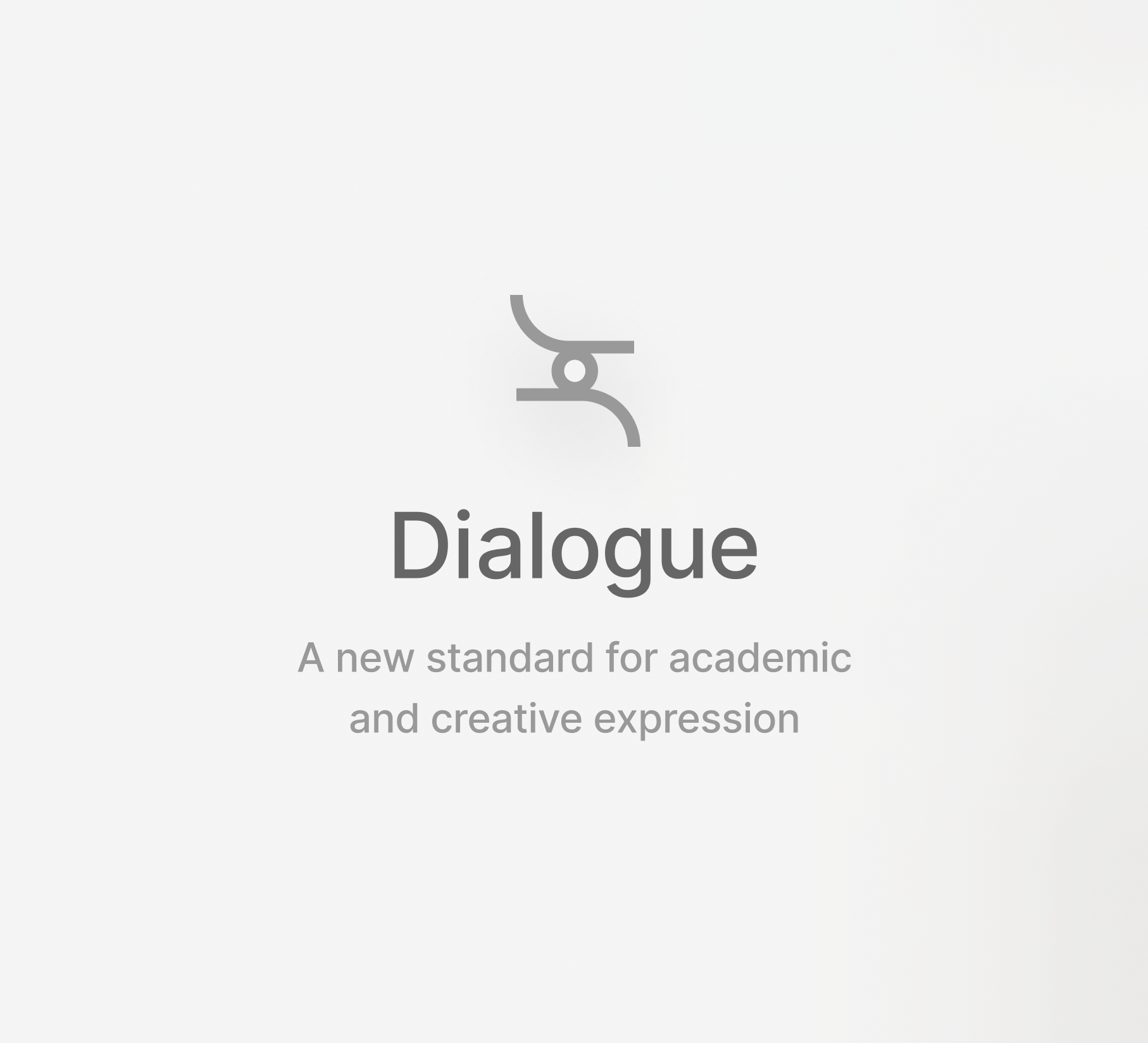


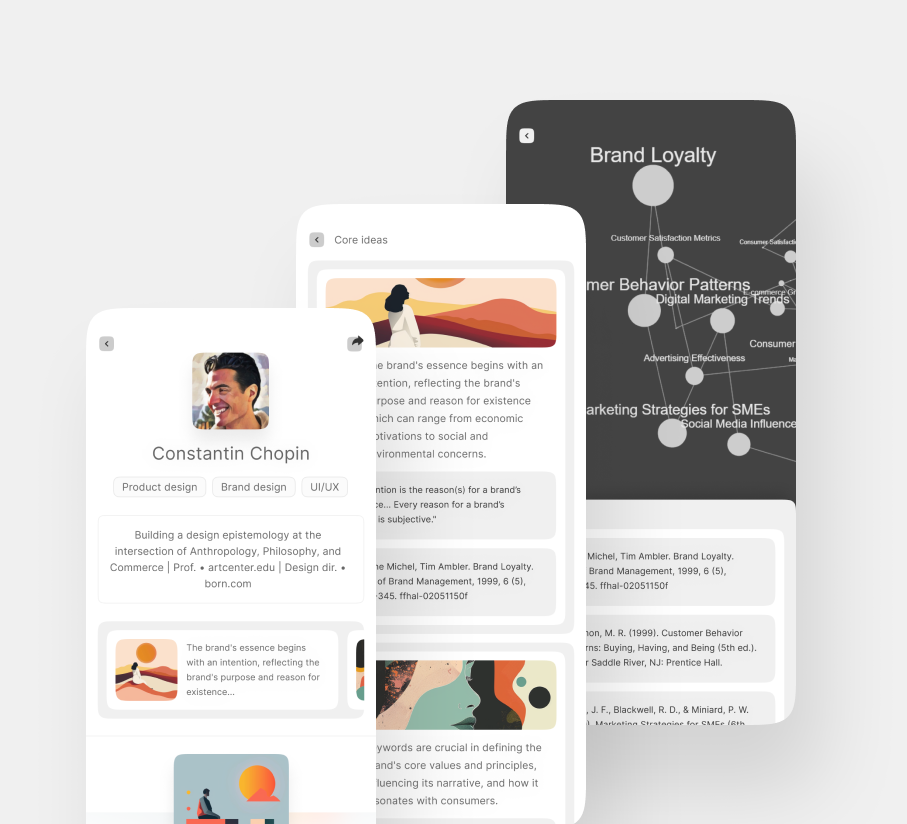
“Dialogue was born out of the desire to augment the creation and dissemination of knowledge.”
Context
The problem
Scholars and creative professionals face difficulties in effectively documenting, presenting, and sharing their specialized academic and creative work. Existing platforms do not cater to the depth and nuance required, making it challenging to communicate complex ideas and maintain professional gravitas.

Context
User needs
Users in the academic and creative fields require a platform where they can effectively document, present, and share their work without compromising on its depth and nuance. They need tools that facilitate not just the sharing of information, but also the building of a context around it, encouraging deeper engagement and understanding.

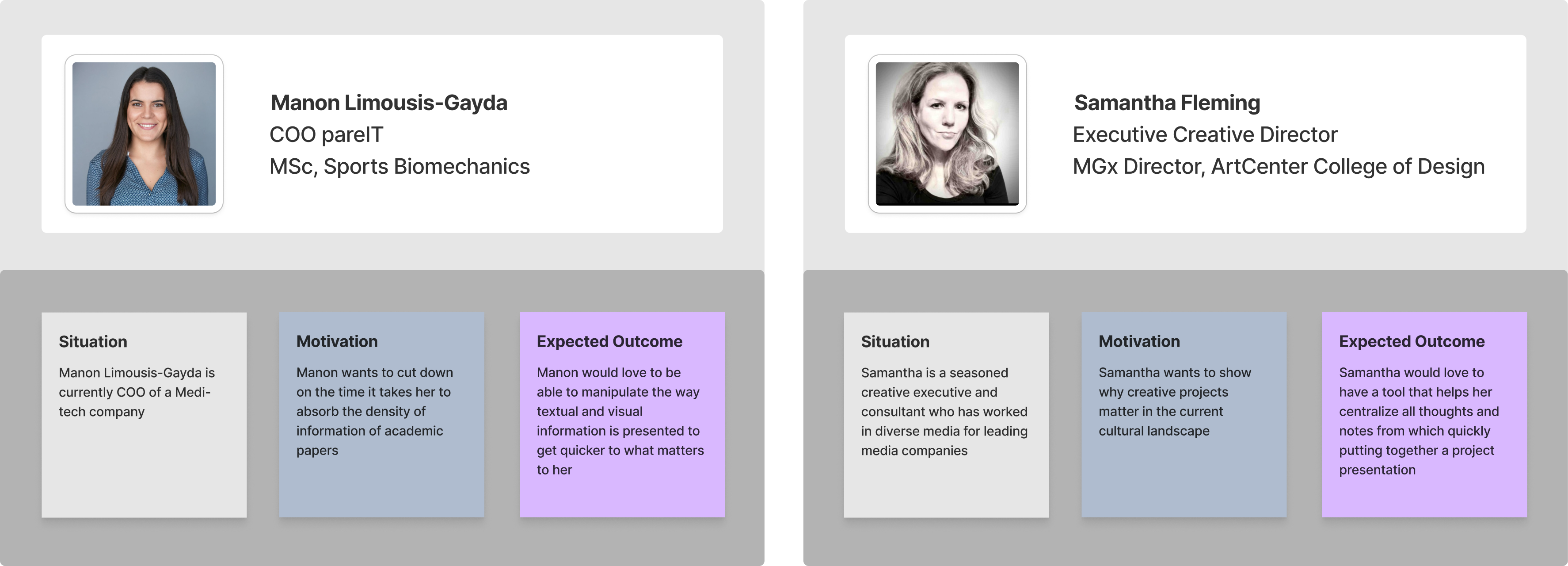
“Value can be found in breathing magic into the processes for how thought-provoking creative and academic endeavours are showcased.
Context
Objective
Dialogue aims at helping people getting their ideas across better, and faster. Serving individuals who; (1) possess a large body of work, and (2) care for how that body of work is presented and shared with people whithin and outside their communities. Dialogue provides both interface and experience; allowing knowledge makers to tailor their work showcase to their audience. Illustrate their thoughts, and share them with those that matter. Connect with people with complimentary skillsets.

Analysis
Affinity diagram
There are inherent difficulties people face in their professional or personal life regarding effective communication and comprehension. Our research lead us to believe that when it comes to writing, key pain points are:
- Project documentation from scratch
-
Explaining technical terms
-
Adapting content & format for different audiences
Whereas when it comes to reading, the focus is on challenges like:
-
Navigating through complex layers of a story
- Lack of context
- Poor formatting
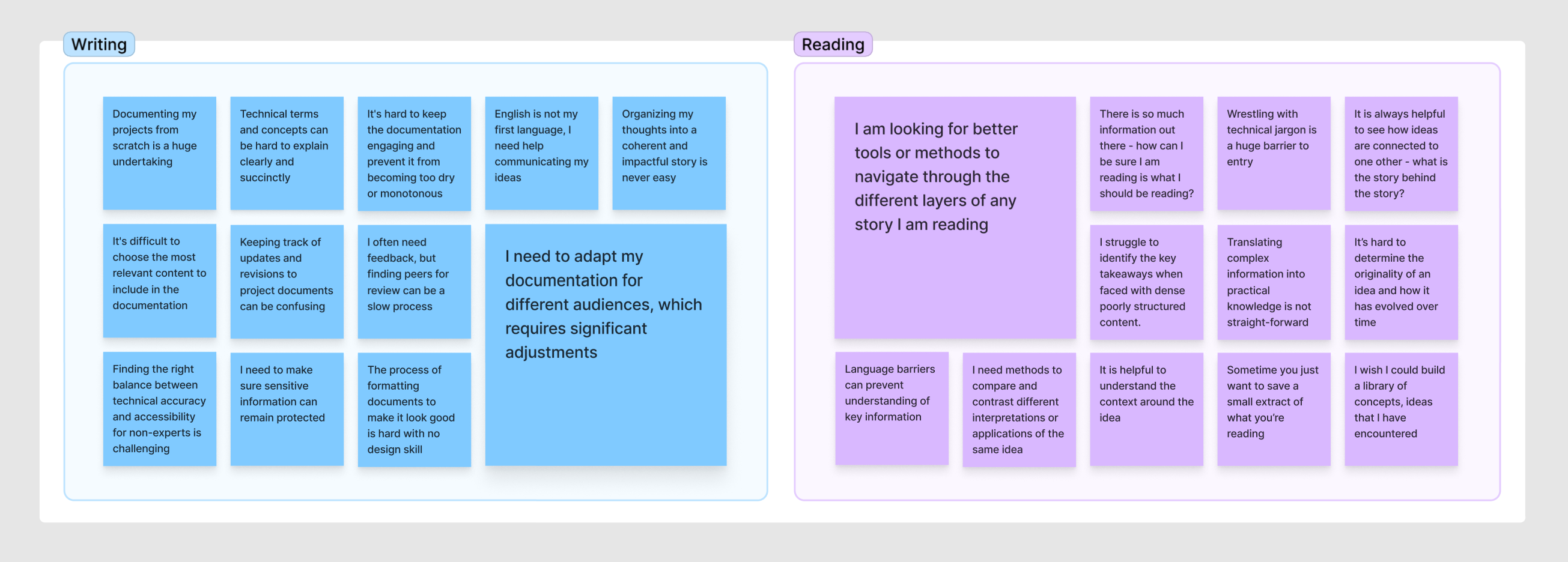
Analysis
Product scope
At this stage, we had built a thorough understanding for what academics and creative professionals need in a product. These vital needs are:
- Nuanced communication: I need to communicate complex ideas, projects, and theories with more than brief posts, allowing for nuance.
- Visual representations: I need to illustrate my thoughts, spotlighting specific work areas and ideas.
- Context building: I need to provide backstories, explanations, references and inspirations to contextualize projects.
- Critical discussions: I need to engage in peer reviews, debates, and discussions to refine ideas and outputs.
- Knowledge sharing: I need to disseminate knowledge and passions through thorough, engaging formats.
- Knowledge-bases integrations: I need to automatically integrate all work-related information in one place.
- Version tracking: I need to track, organize, and safe-guard file versions seamlessly.
From these user needs emerged 9 specific feature sets, which can be seen below.

Re-thinking how creative professionals and academics illustrate and share their thoughts in a dedicated and connected environment.”
Analysis
User journey
Designing a comprehensive understanding of our users' experiences, by developing detailed customer journey maps for various personas. Each journey captures the steps, thoughts, emotions, and actions our users take while interacting with Dialogue, a platform tailored to the needs of scholars, creative professionals, and executives.

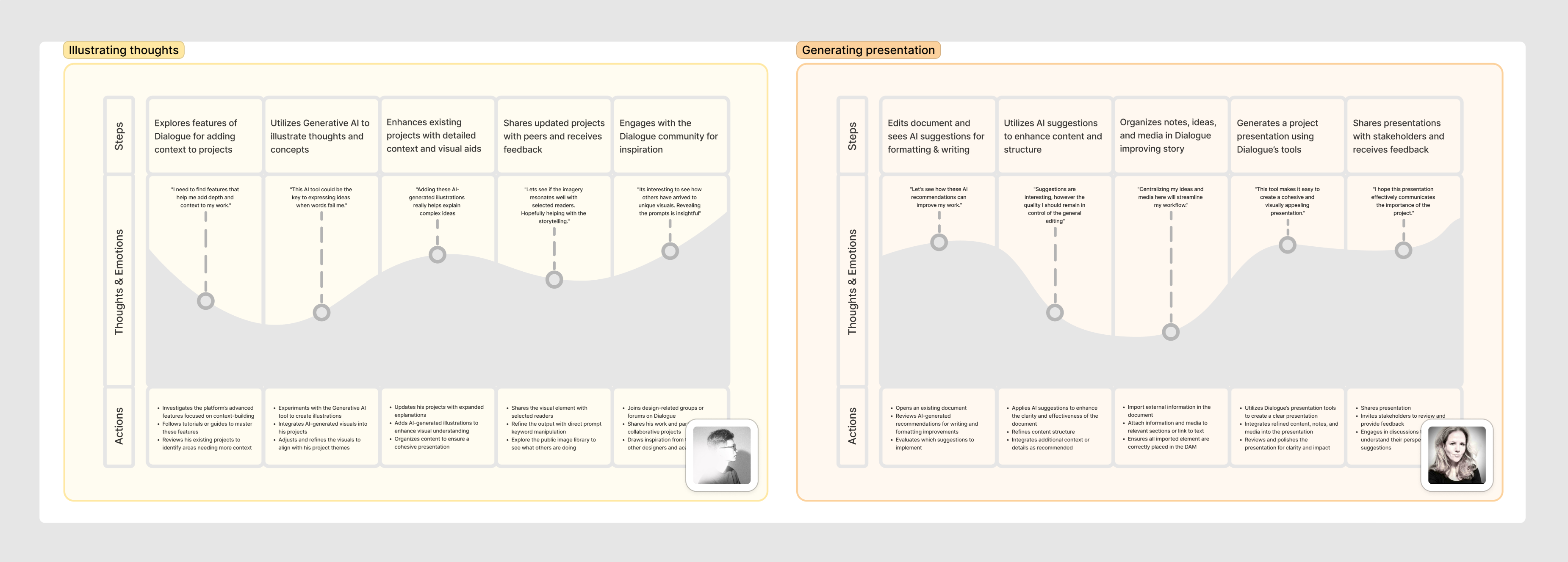
Design
Process
Working through different levels of resolution to capture core apsects of the UX and UI. Starting with hand-drawn sketches and low-res mock-ups, as we progressed, we developed high-fidelity designs that incorporated refined visual elements. The goal was to create a visual minimalist visual language that would elegantly surface interactive and non-interactive objects.



Design
Wireframes
Interactive prototypes were then created to simulate real-world usage, allowing us to conduct usability testing sessions. Feedback from these sessions was crucial in refining the design, ensuring that the final product was both visually appealing and highly functional. We presented black and white mock-ups to the test users so they would focus more on the functionality rather than the way things looked.

Design
Outcome
Dialogue has redefined the way intellectual work is shared and discussed within the academic and creative communities. It has provided a valuable tool that empowers users to convey their ideas and projects with the clarity and depth they require, thus significantly enhancing the creation and dissemination of knowledge across various fields. Moving forward, Dialogue will continue to adapt and evolve, driven by user feedback and the changing dynamics of academic and professional communication.
